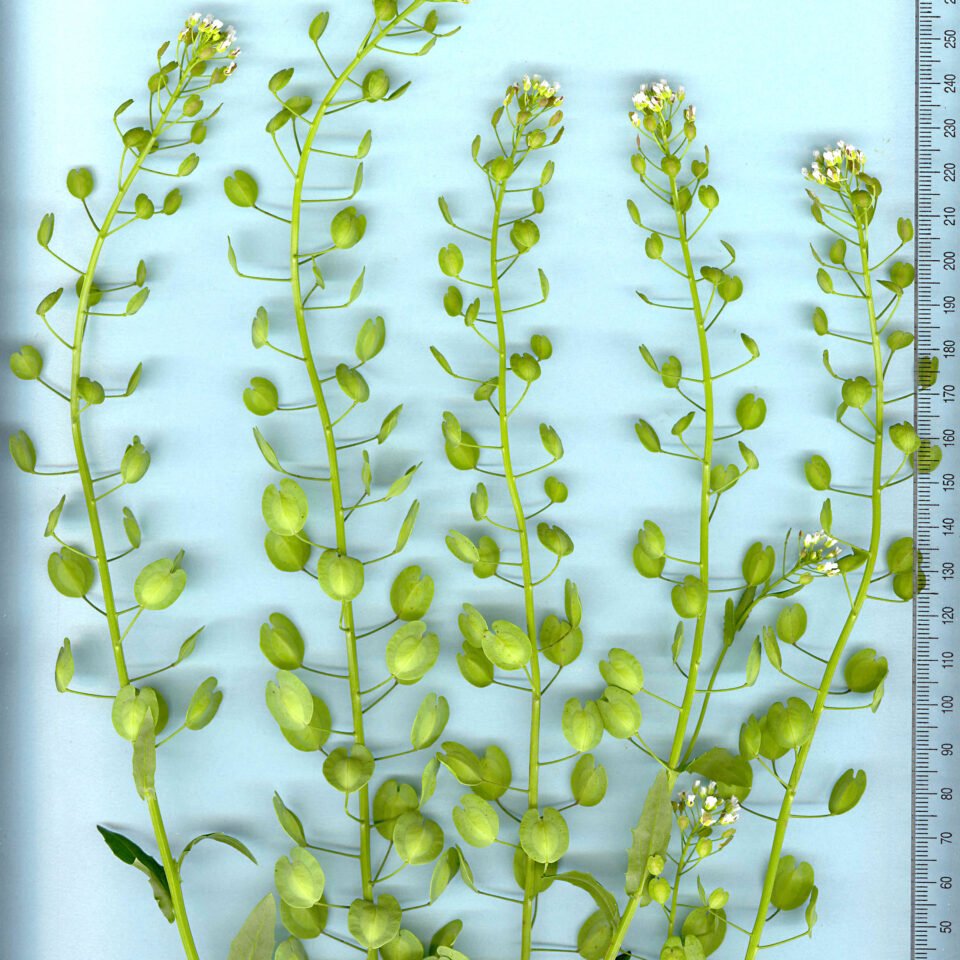
Every week for #WeedIDWednesday we’ve asked you to identify a weed from just a few characteristics on our Facebook and Twitter pages! This is the last #WeedIDWednesday of the 2020 summer season; let’s see if you can ID this weed from just a description!
Here’s the clue we gave you:
Here’s a #WeedIDWednesday for you! This plant is a member of the mustard family and is named for the distinct odour that occurs when the leaves are crushed. The seed pods of this weed are flat and shaped similarly to a penny, which is why this plant is sometimes called “pennycress”.
So what was your guess? This might have been a tricky one, but perhaps the clue “distinct odour” gave it away; it’s Stinkweed!
Here’s an interesting fact about Stinkweed: it can produce up to 15,000 seeds per plant, and the seeds can live for up to 6 years within your field’s tillage zone. Stinkweed control should be taken seriously in forages and pastures; if eaten by livestock, Stinkweed can cause an off flavour in both meat and milk. Stinkweed should be controlled with tillage or herbicides in the fall before the freeze.
Thanks for following along with this summer’s #WeedIDWednesday posts! Keep in touch; follow along with Sylvite on our Facebook and Twitter pages so you don’t miss out on any exciting news, product releases, and more!
Featured Image:K Lynch for the Department of Agriculture and Aquaculture, New Brunswick
Additional Sources: Province of Manitoba